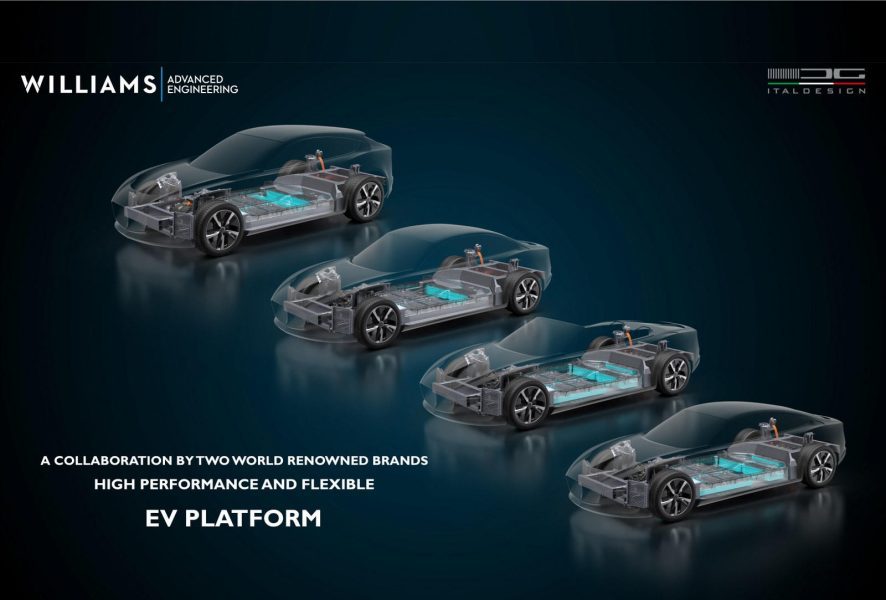
The Williams steering wheel, the future of electric vehicles
The automotive industry faces a major challenge for the cars of the future: Батареи... Because if you can't build an electric car, batteries change very slowly. The Economist reference magazine points out that for removing these obstacles, both bulky and cumbersome, the kinetic energy flywheel may be the solution. Referring to buses and subways successfully experimenting with technology thanks to Formula 1.
Referring to the system Williams Hybrid Strength (a subsidiary of the Williams F1 team) as a reference, because it is based on a nuclear energy recuperator, but is miniature and very efficient. Equipped with this system, the Porsche 911 GT3, the first competition car close to a “universal” car, weighs only 47 kg instead of 150 kg with the conventional system. Both technical and media success.
Technology kinetic energy flywheel it's a system energy recovery by means of a flywheel rotating at 20.000 rpm and the use of brake energy, for example, for short-term driving. In the case of Formula 1, KERS (SREC in French, also known as Kinetic Energy Recuperation) delivers 80 extra horsepower on every lap of the track over an 8 second usage range. The steering wheel was quietly tested by the Williams F1 team in the winter of 2008/2009, but it had one major drawback: it increased the car's wheelbase and was too heavy.
Abandoned due to competition, Williams Hybrid Power will innovate over the next two or three years because the company will be testing a classic battery-powered energy recovery system from next year, operating with a few kilograms of excess weight created by the system.
However, Land Rover and Williams are working on an even smaller steering wheel that will cost less than € 1.200 for the next Range Rover Sport and Evoque.